Just because others are doing it, doesn't mean it's right. It's high time to ditch these common gardening mistakes.
10 Bad Gardening Habits You Should Drop
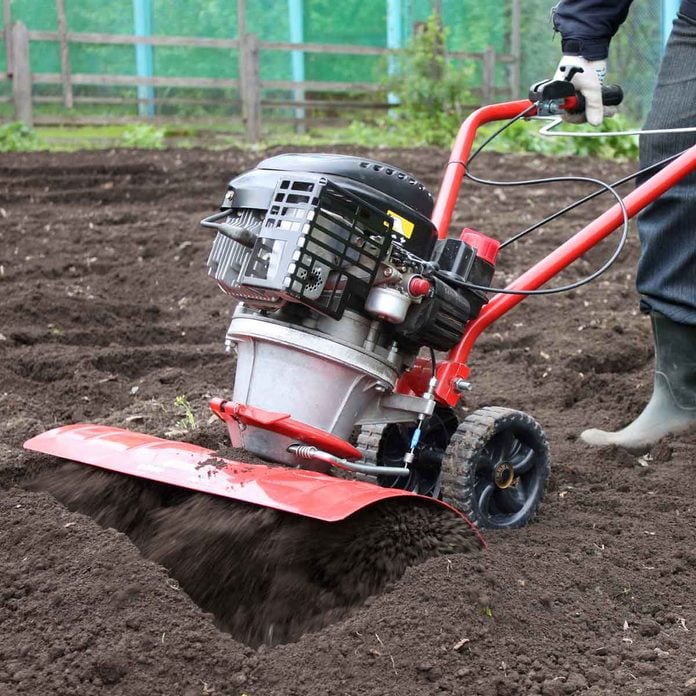
Repeated Tilling
Tilling has its benefits in compacted, rock-hard soil. And an occasional pass on average garden soil won’t hurt.
But repeated tilling, year after year, can pulverize the soil, making it into a powdery substance that cakes up and prevents rainwater from penetrating the top layer. Worse, it destroys the soil texture, chops up earthworms and exposes the topsoil to wind, where it dries up faster and is prone to erosion.
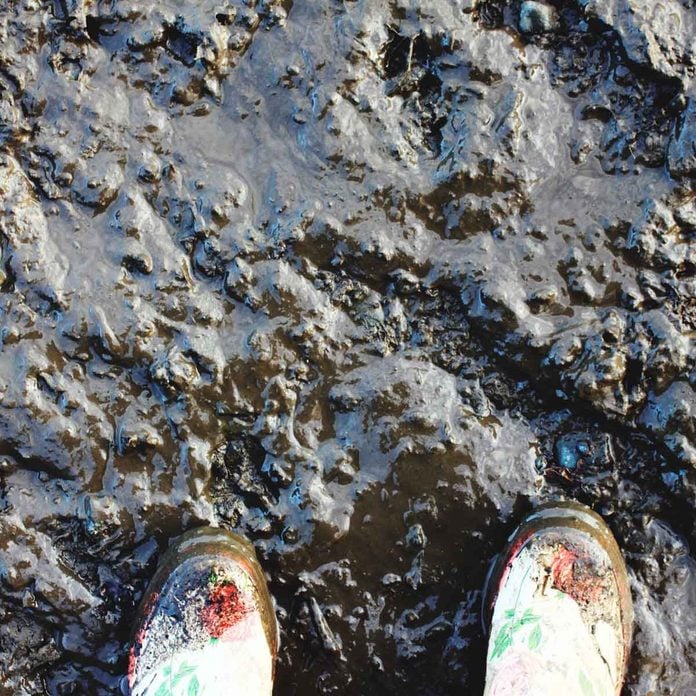
Working Wet Soil
Speaking of soil, we’re all guilty of trying to get a head start on spring. (Cabin fever will do that to gardeners!) But working the garden when the soil is wet, as it often is in early spring, is not only messy but can damage the soil structure. It compresses soil particles, inhibiting moisture and oxygen penetration to roots. The compacted soil drains slower as well.
To see if soil is too wet to work, dig up a trowel’s worth and squeeze it in your hand. If it becomes a muddy ball, it needs a few more days to dry out. Not willing to wait? Garden in raised beds filled with lightweight potting mix.
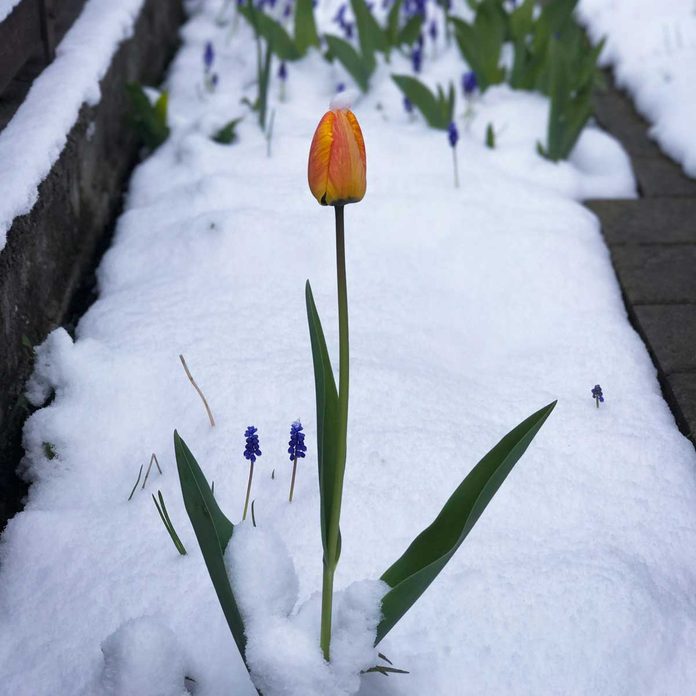
Planting Too Early
Working soil too early isn’t the only thing impatient gardeners are guilty of. We also tend to plant too early.
That’s okay with a dormant plant — say, a rosebush before it’s leafed out — or a cool-season stalwart like pansies. But it can be a death knell for other plants, such as summer annuals. And because those tender annuals seem to make their way to retail shelves earlier and earlier each year, their availability doesn’t necessarily mean it’s time to plant them.
If you buy tender annuals before your last average frost date, keep an eye on the weather report and whisk them into an attached garage if frost is due.
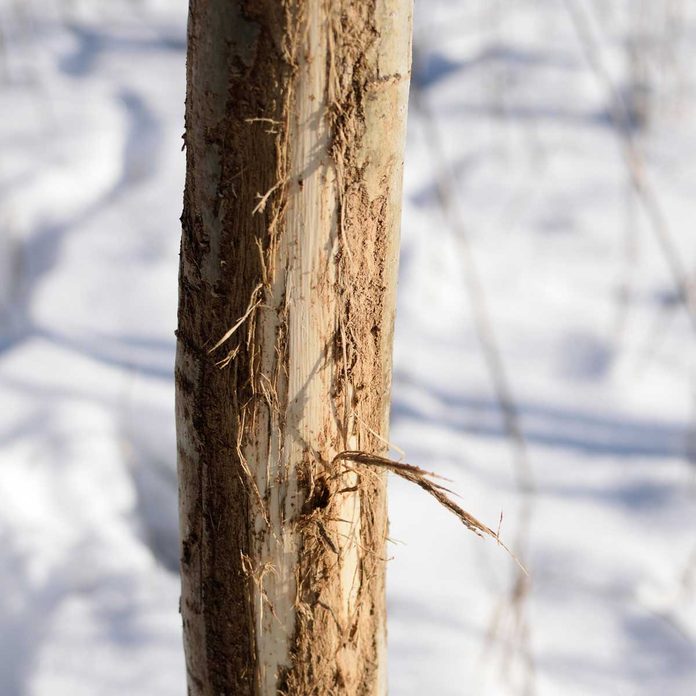
Neglecting Winter Protection
Just like winter weather, winter protection comes in different forms. Right off the bat it’s about protecting tender plants from cold temperatures. It could mean digging up tender bulbs after frost and storing them in an unheated basement for the winter. Or wrapping evergreens in burlap or spraying with an antidesiccant to prevent moisture loss.
Smooth-bark trees like young maples need their trunks wrapped in northern climates to protect against frost cracking in winter. And plenty of other plants can use protection from wildlife, deer and rabbits in particular. Yes, it’s extra work. But you’ll be thankful you took the time when you see less damage in your garden and yard the following spring.
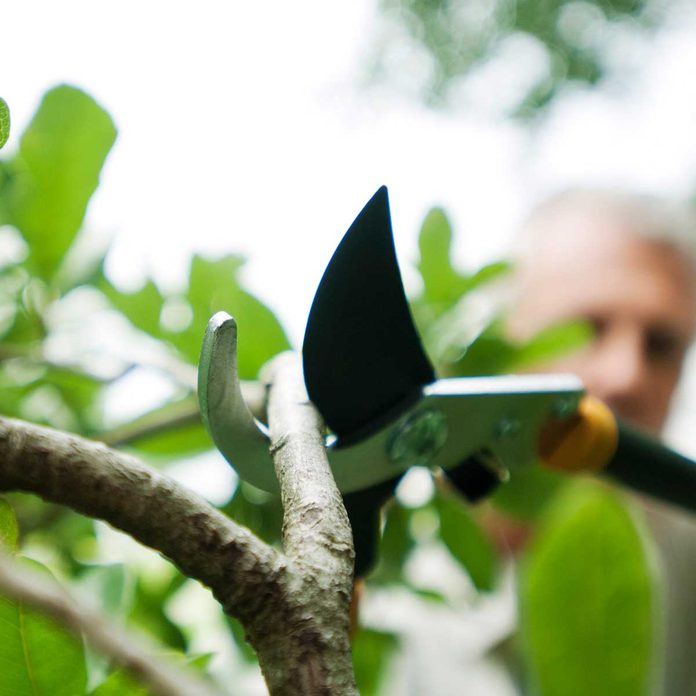
Improper Pruning
Cutting a branch off a tree? Lots of folks cut too close for comfort, leaving a wound that is flush with the trunk. The large wound takes more time to seal, offering more opportunity for insect infestation. Sometimes gardeners do the opposite, not cutting close enough. This results in an unsightly stub which prevents the wound from sealing.
When removing a branch, cut to within 1/4-in. of the trunk, leaving a slight swelling, which is called the branch collar. That’s the point where the branch connects with the tree.
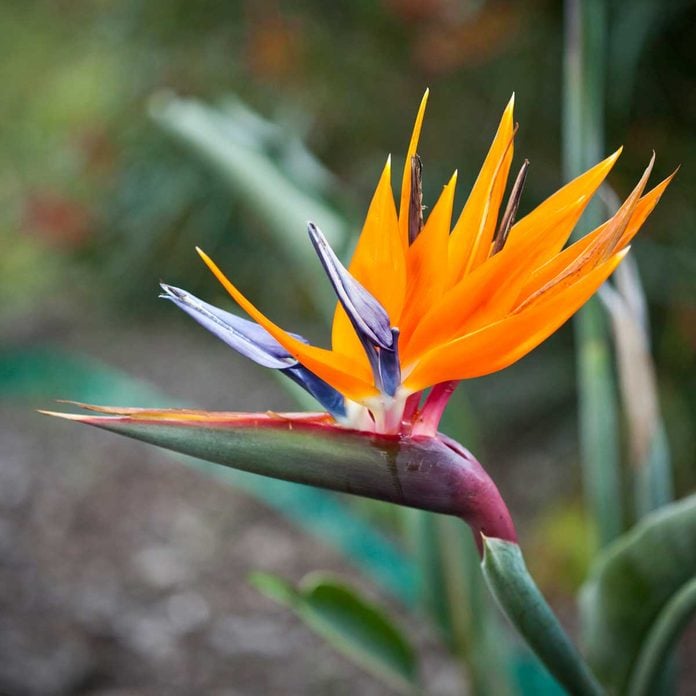
Buying Fickle Exotics
Exotic plants are okay if you are buying a houseplant; treating the exotic as an annual and expecting it to die at the end of the season; or are prepared to take extra steps to keep the plant healthy and alive.
However, there are plenty of low-maintenance plants that will do much better. These native plants grow naturally in your climate and don’t need hand-holding. There’s a better-than-even chance they’ll successfully overwinter, too. Even the annuals are likely to come back the following year after going to seed.
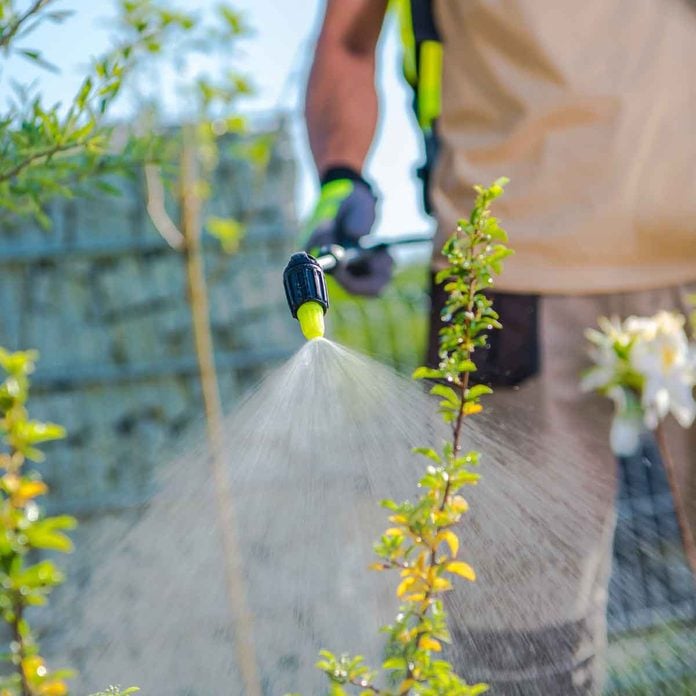
Applying Chemicals Improperly
Applying chemicals is a dicey proposition to begin with. Why complicate matters by doing it improperly?
Never apply chemicals on a windy day. It’s a nuisance, as well as a possible health and environmental hazard. Wait for a calm day — your neighbors and their pets will thank you — and avoid spreading or spraying when pollinators are active.
Also — and this should go without saying — follow label directions. Some chemicals are best applied before a rain; others need a period of dry time. Don’t diminish their effectiveness by applying at the wrong time.
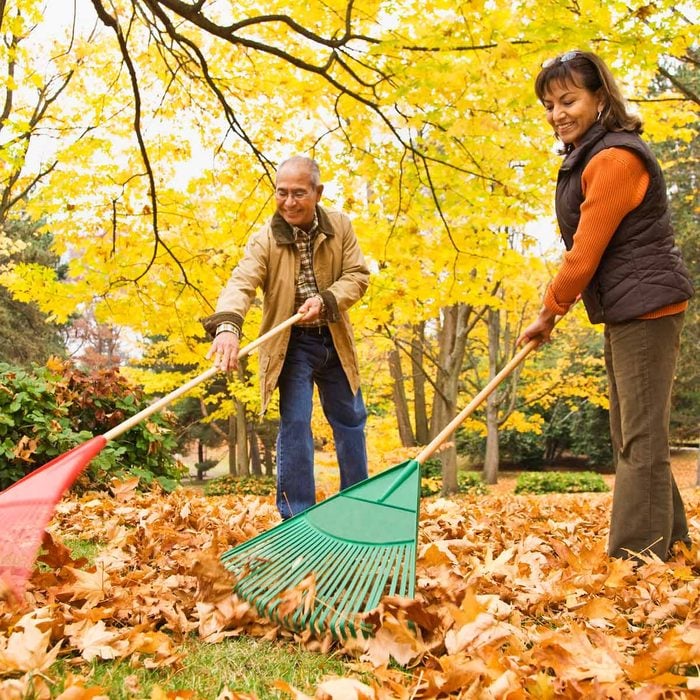
Raking Up All Your Leaves
Granted, those with lawns still need to do some raking to preserve the grass. A mulching mower will shred those leaves into bits that will improve the soil.
Still, it’s important not to rake up ALL the dead leaves in fall because they are a nursery for butterflies and moths, which overwinter as larvae in the leaf litter. Do your part for butterfly habitat. It’s as simple as mulching your planting beds with any leaves you remove from the lawn.
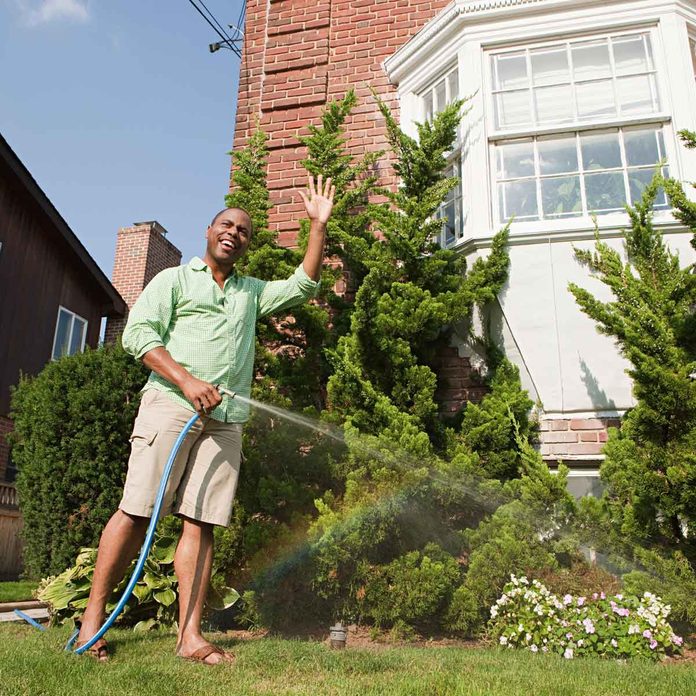
Watering by Hand
Of course hand-watering is fine for pots, planters and window boxes. But watering beds, trees or the lawn by hand is a losing proposition. No matter how patient you think you are, you won’t water enough if you’re standing there holding the hose all day.
Instead, hook the hose up to a sprinkler or drip irrigation system with a timer. When watering trees, turn the spigot to halfway and let the water dribble around the tree for 10 or 15 minutes while you handle other chores.
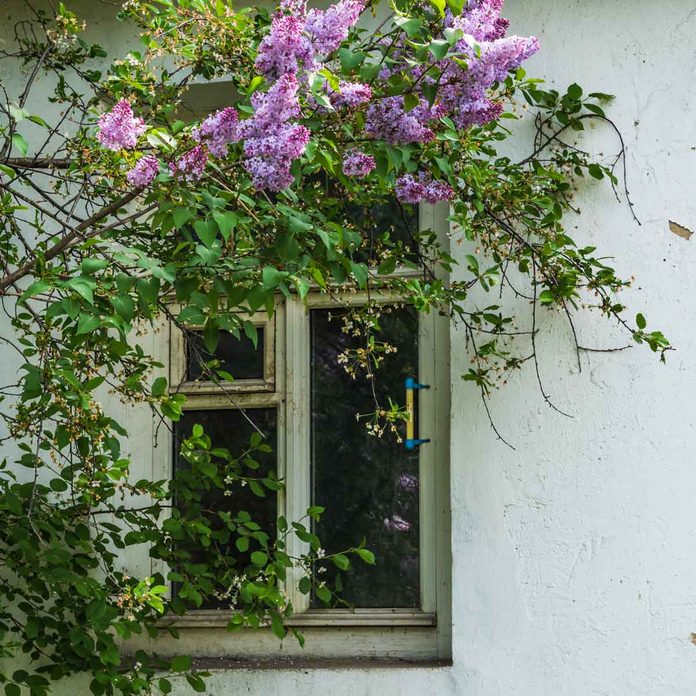
Overlooking Mature Size
We’ve all made this mistake before. It’s called ignoring the future. You buy a cute little plant, don’t pay attention to the mature size printed on the plant tag, and end up planting it too close to the house. Or too close to the sidewalk. Or too close to other plants. Of course, you don’t notice the mistake until a few years later.
Always consider the mature size of plants, especially with trees (which are expensive to take down when they overtake the house) and shrubs (which are hard to transplant when they run out of space).


















